Mr. Duong Khac Thanh with a batch of spring products waiting to be "exported".
The mat weaving profession in Giang village (Ham Rong ward) has existed for a long time, closely associated with the lifestyle of farmers in the countryside of Thanh land. Mats are made from bamboo, rattan, and trees that are neither too young nor too old. After being split into thin strips, they are dried and then woven by hand. The finished mat is often used to store rice, paddy, dry agricultural products, make partitions, ceilings, etc. Thanks to skillful weaving techniques, Giang village mats are famous for being durable, sturdy, even-handed and less warped.
The years 1986-1990 were a golden age for the mat weaving profession. There were months when, after deducting production costs, the money from selling mats was enough for people to buy a whole tael of gold at that time. At that time, the whole village was bustling with the sound of splitting bamboo and weaving mats, everyone, every household was making mats. Not only a livelihood, mat weaving has also become a way of life, a part of culture deeply ingrained in the lives of the villagers.
But over time, the mat weaving profession has gradually dwindled. Young people are no longer interested in this labor-intensive job with modest income. Many people have switched to working as workers in industrial zones, going abroad to work, learning new trades... Those who still stick with the profession are now mainly the elderly and middle-aged women. "Weaving mats is not only manual work but also an art. Each weaving line must be strong and even, creating a flat, beautiful mat surface that is not wobbly," said Ms. Nguyen Thi Dinh, a resident who has been involved in the profession for more than 40 years.
In that difficult time, Mr. Duong Khac Thanh, a son of Giang village, after returning from the army, chose a different path. Not only did he keep his profession, he also gradually brought his products far and wide by actively cooperating with export companies. In the early years, he had to travel to other provinces to find markets and introduce his products. Selling a traditional handicraft that was no longer as popular as before was not simple. Many times he brought samples to introduce and then quietly returned because no one was interested.
Fortunately, in his persistent journey, he found an export company that shared his interest in traditional products. From there, they established a connection, signed a consumption contract, and gradually brought Giang village mats to the international market. Up to now, Giang village mats have been present in Sweden and some Southeast Asian countries.
That success opened a new direction for the craft village, proving that traditional products can completely conquer the international market if they maintain their quality and identity. Currently, Mr. Thanh's facility creates regular jobs for about 200 local households. Every year, he invests hundreds of millions of VND to purchase raw materials such as bamboo, rattan, and reed from the province's mountainous districts and then brings them back for people to weave. The average annual consumption output is 300 - 400 tons of raw materials, contributing to solving the livelihood problem for many families.
“Export products require very high standards in design, sophistication and aesthetics. Meanwhile, mats are completely handmade products from processing to weaving and preservation. Just a little bit of mold due to weather or small technical deviation can cause the entire batch to be returned or sold at a very low price,” Mr. Thanh shared.
Evidence from the early years, he had to face many defective orders, returned orders, and even at times thought of giving up. But with faith in traditional values, he persistently improved designs, guided workers to improve their skills, and applied new preservation techniques to meet export standards. Gradually overcoming barriers, up to now, Giang village mats have initially affirmed their brand from a riverside craft village. Each year, Mr. Thanh's facility exports about 100,000 mats. It is known that according to the current average market price, the price of exported mats can be 2-3 times higher than the price of regular mats sold in the domestic market, depending on the quality of the product.
Not only is it a story of a handicraft product going abroad, the journey of Giang village's bamboo basket is also a valuable lesson in preserving and promoting traditional values in a modern context. "If you want to preserve the craft, you have to change your way of thinking when doing it, both respecting and promoting the old and traditional things, and bravely opening a new path," Mr. Thanh confided.
Now, at an advanced age, Mr. Thanh is no longer directly involved in every stage of production as before, but every time he sees the pieces of bamboo being rolled up and loaded onto containers to be transported everywhere, he feels excited. The old profession that was once dying now has a chance to revive, bringing a stable source of income to the people, which makes him feel that the hardships of the past were completely worth it.
Article and photos: Dinh Giang
Source: https://baothanhhoa.vn/chuyen-cot-lang-giang-xuat-ngoai-254678.htm


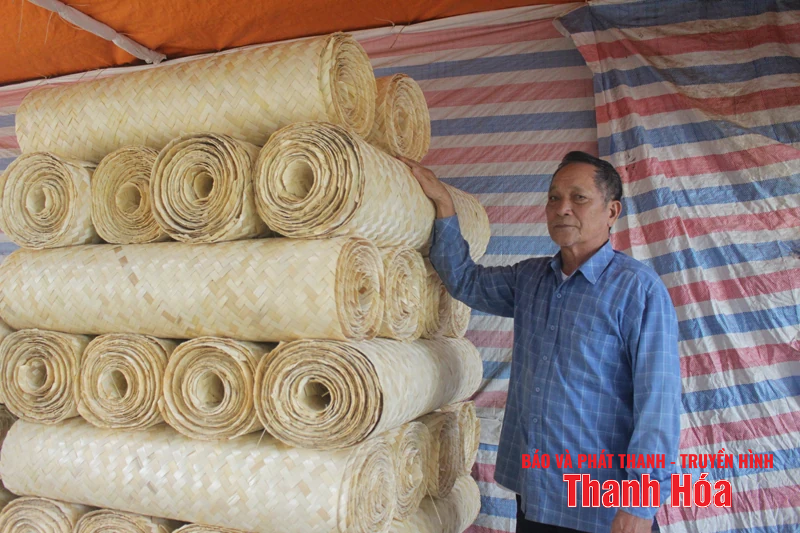


![[Photo] Conference of the Government Party Committee Standing Committee and the National Assembly Party Committee Standing Committee on the 10th Session, 15th National Assembly](https://vphoto.vietnam.vn/thumb/1200x675/vietnam/resource/IMAGE/2025/10/15/1760543205375_dsc-7128-jpg.webp)
![[Photo] Many dykes in Bac Ninh were eroded after the circulation of storm No. 11](https://vphoto.vietnam.vn/thumb/1200x675/vietnam/resource/IMAGE/2025/10/15/1760537802647_1-7384-jpg.webp)
![[Photo] The 18th Hanoi Party Congress held a preparatory session.](https://vphoto.vietnam.vn/thumb/1200x675/vietnam/resource/IMAGE/2025/10/15/1760521600666_ndo_br_img-0801-jpg.webp)



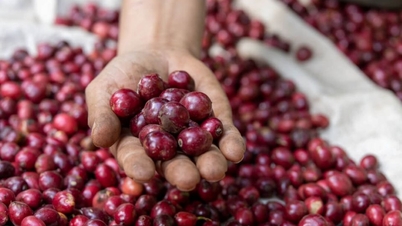

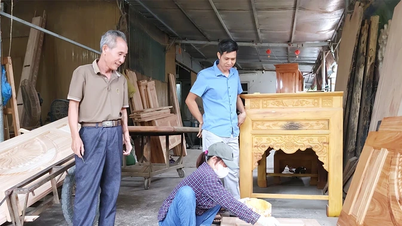

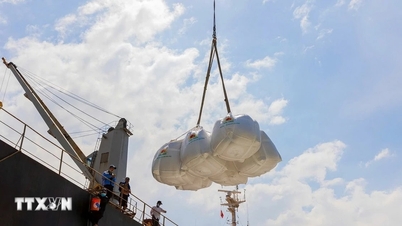

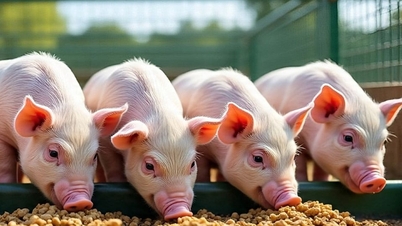
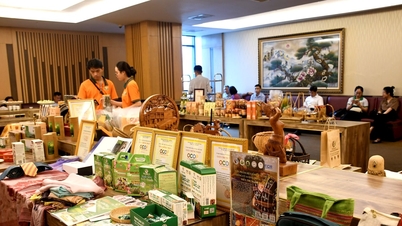

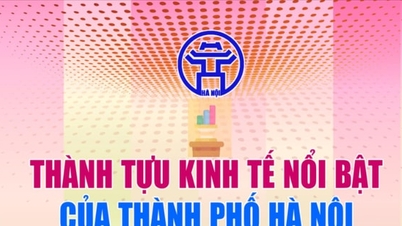

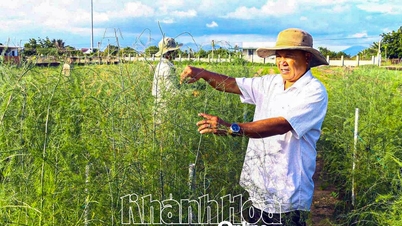

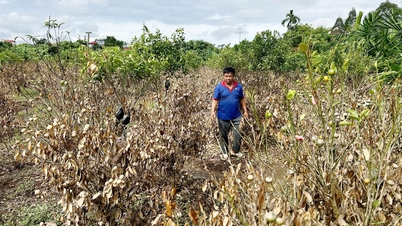

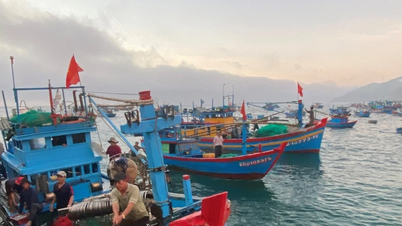

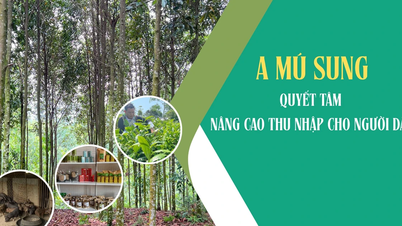






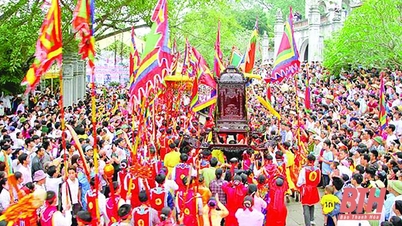


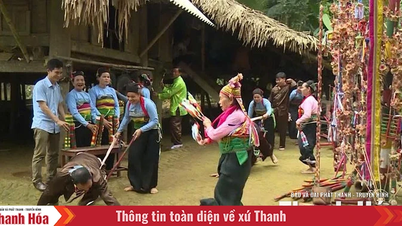





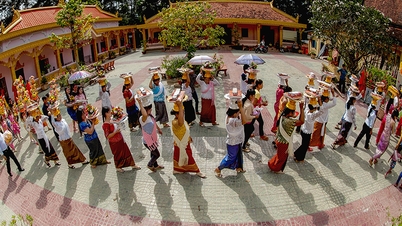

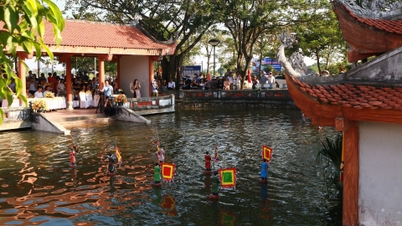

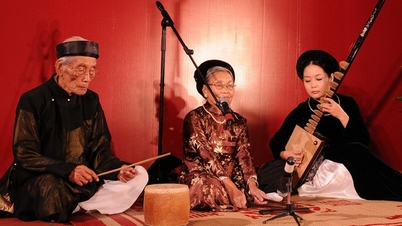




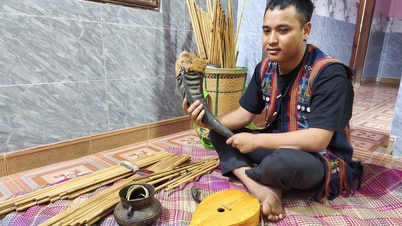

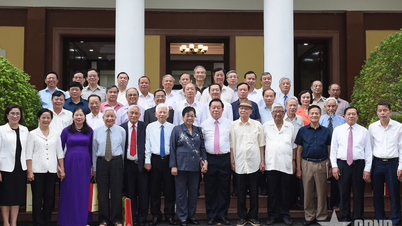






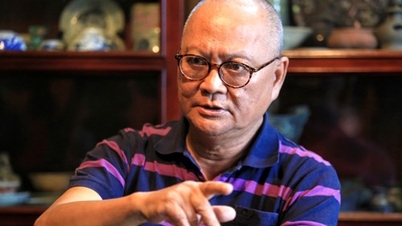


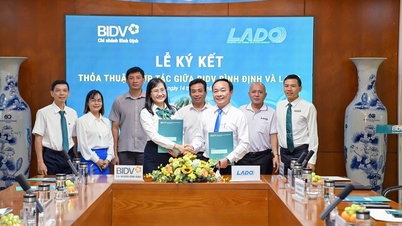







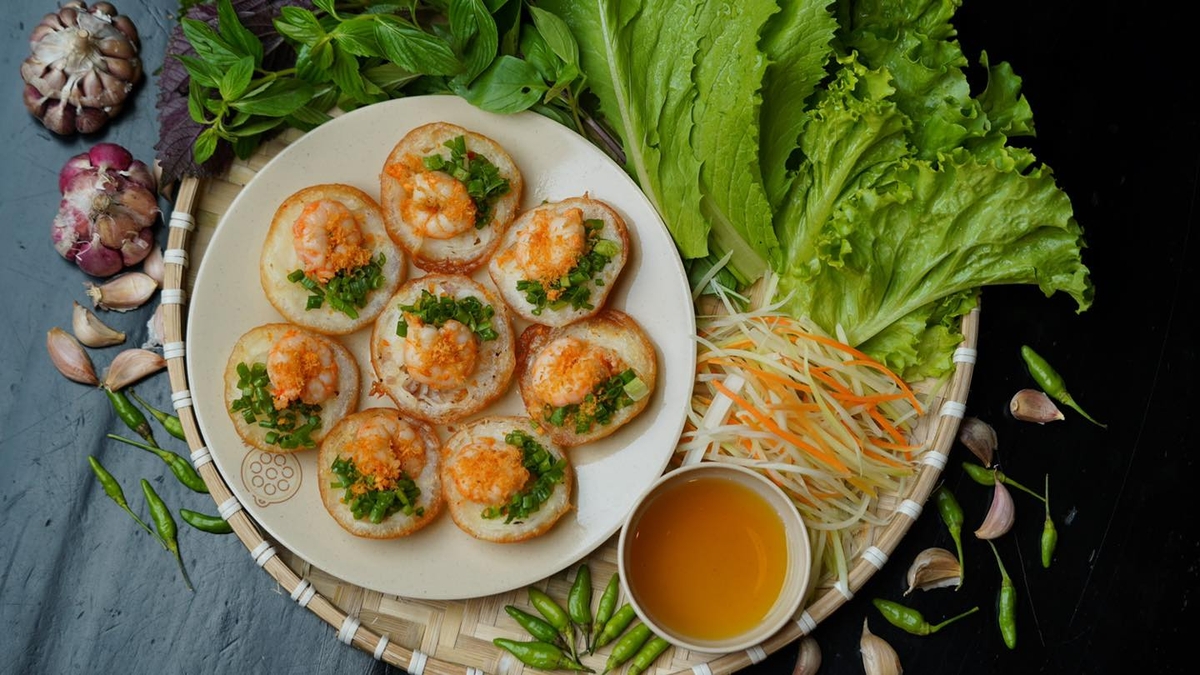
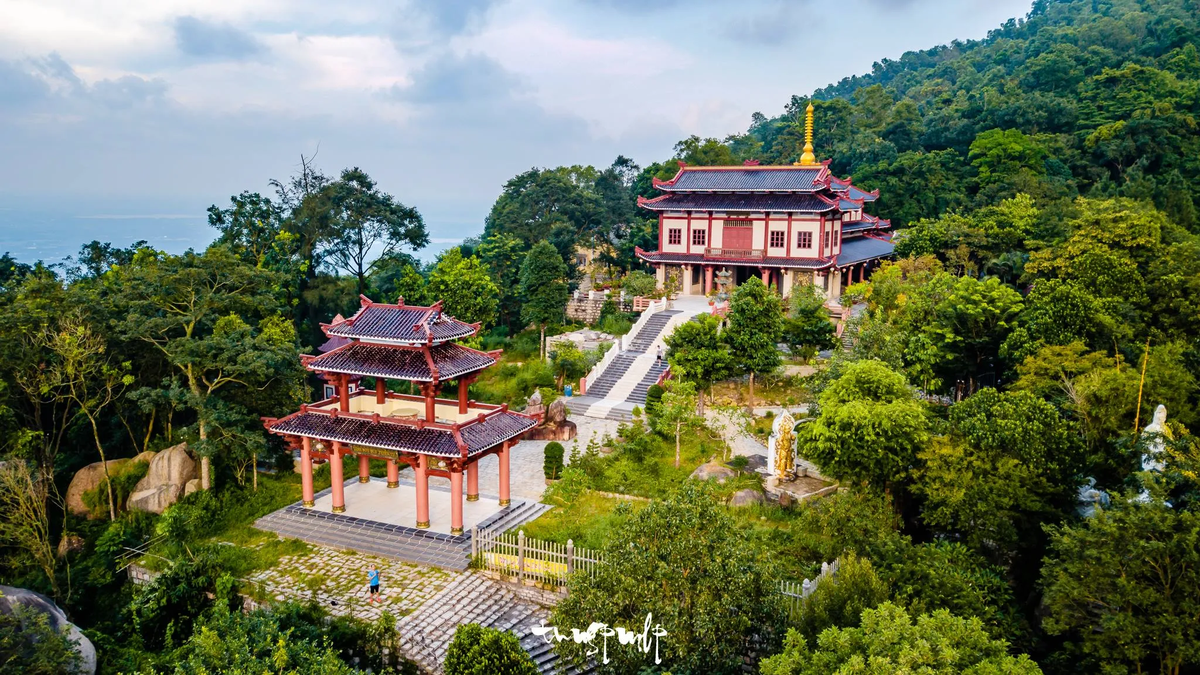

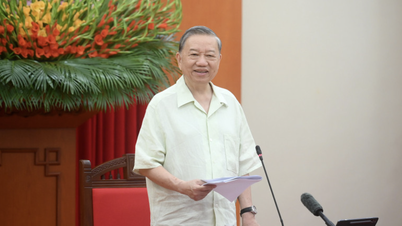
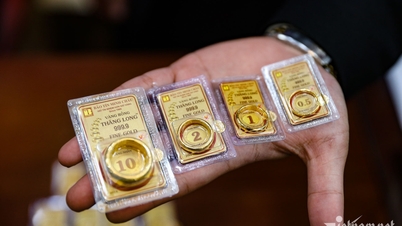



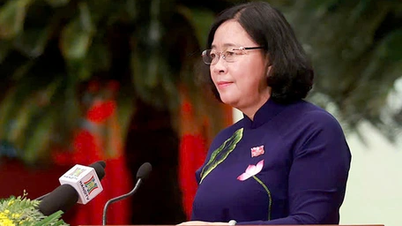


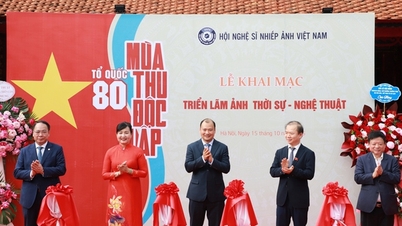

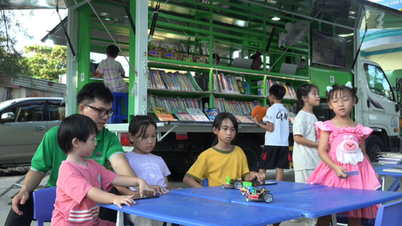

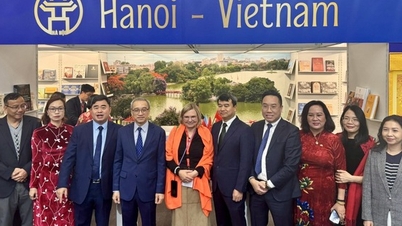
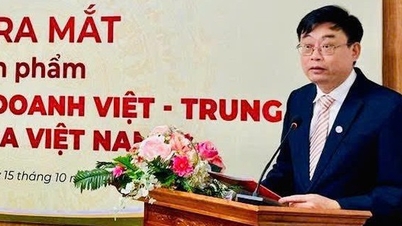







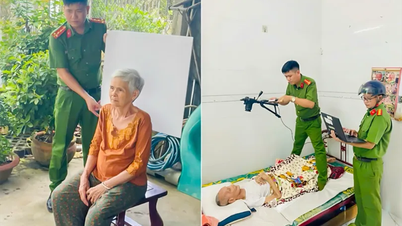


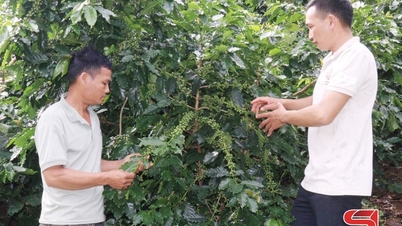

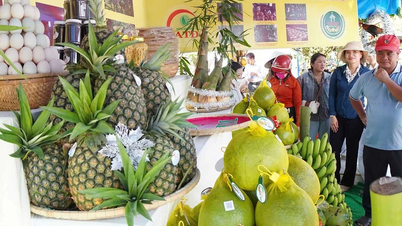
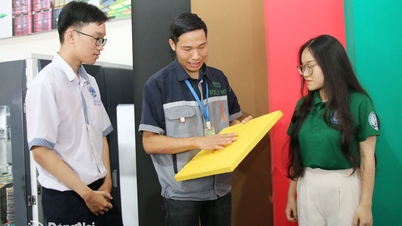

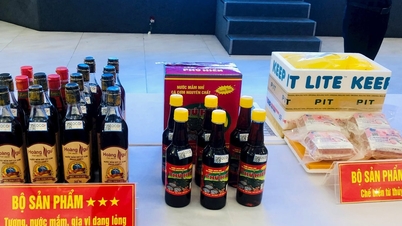
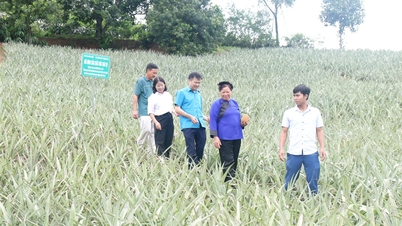
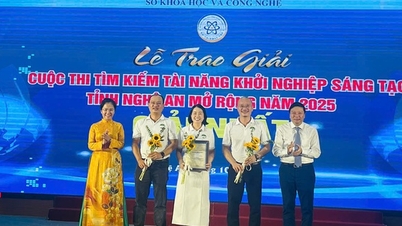





Comment (0)